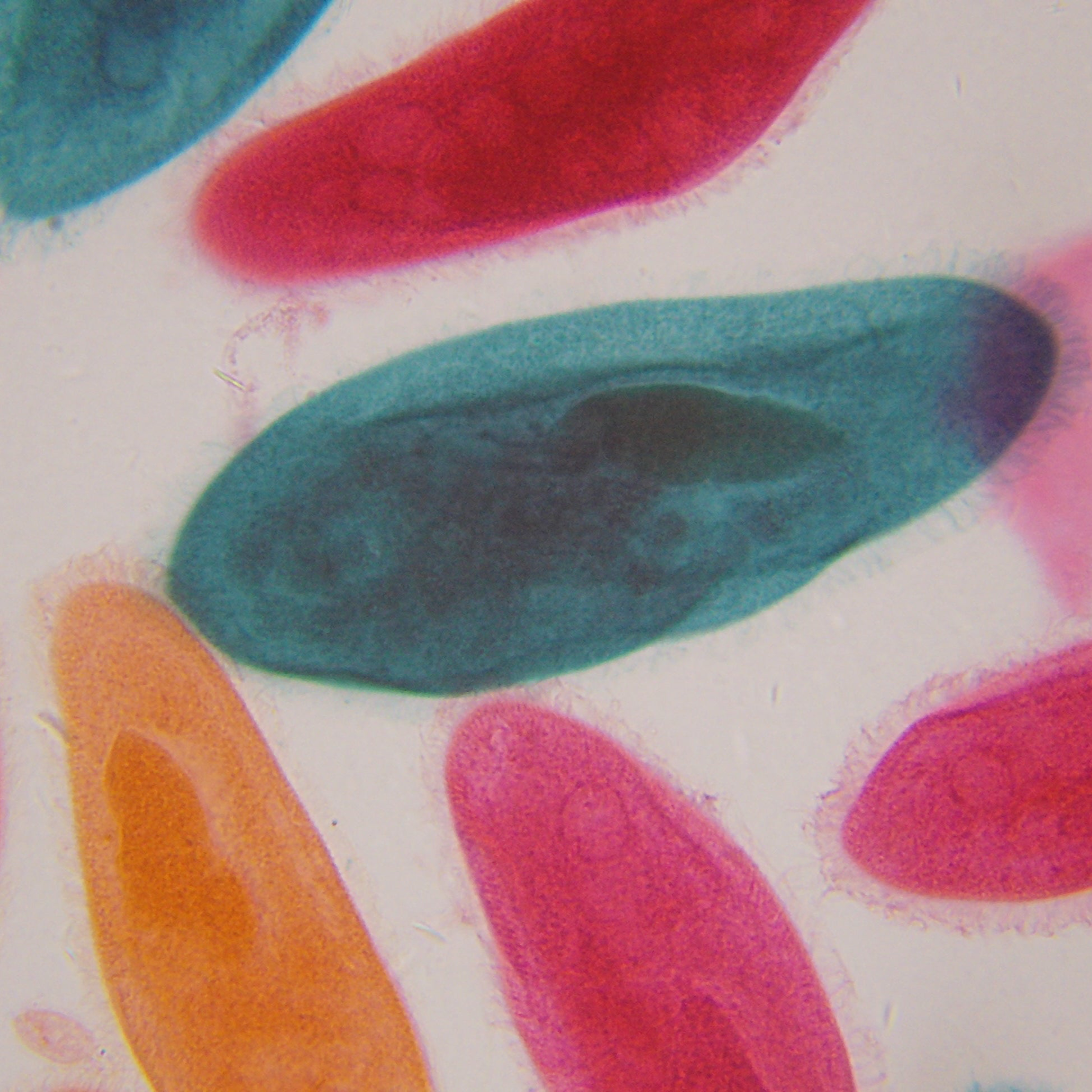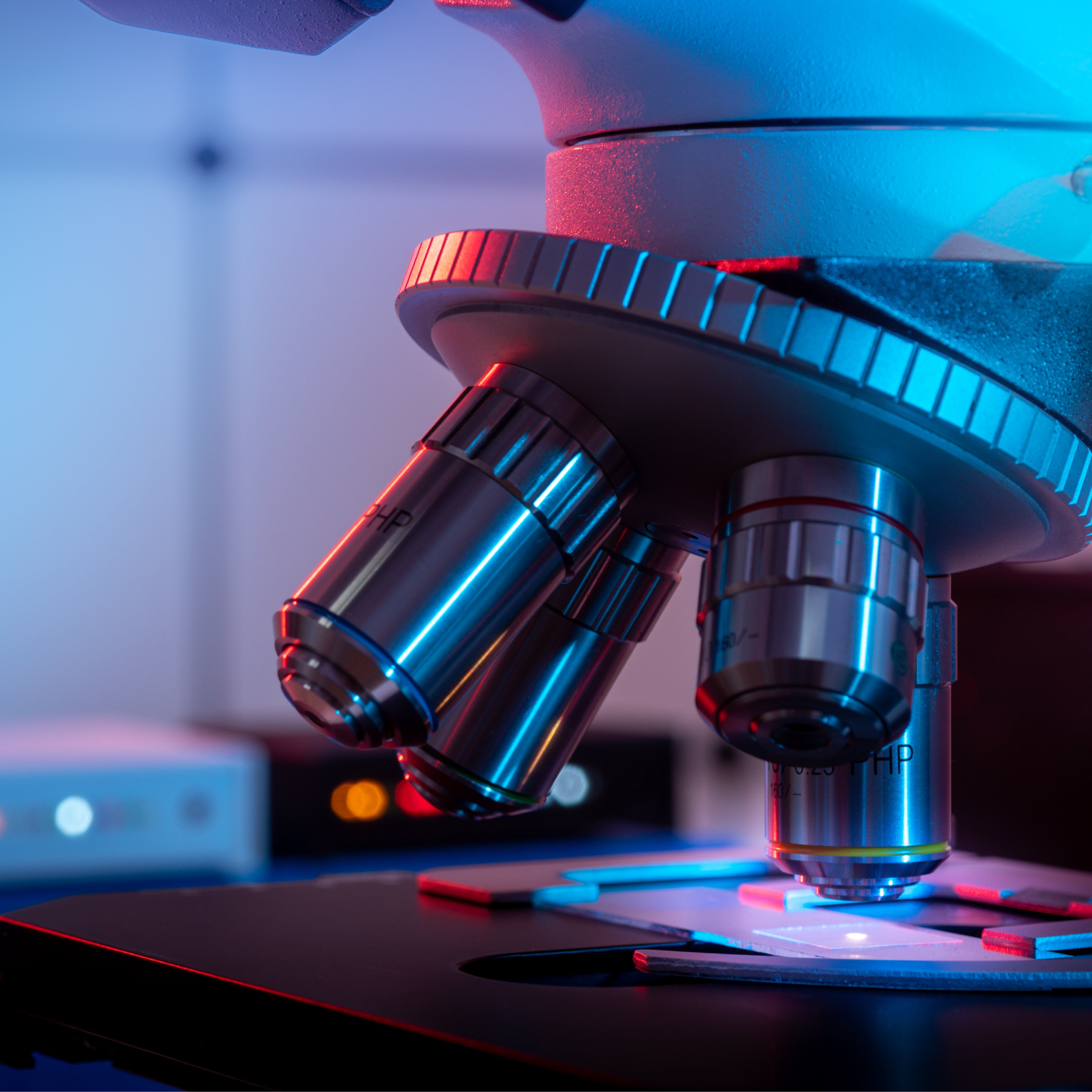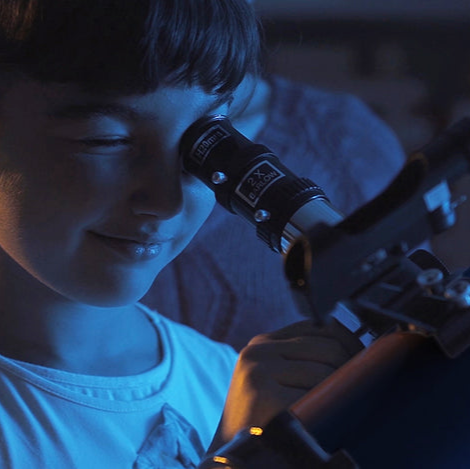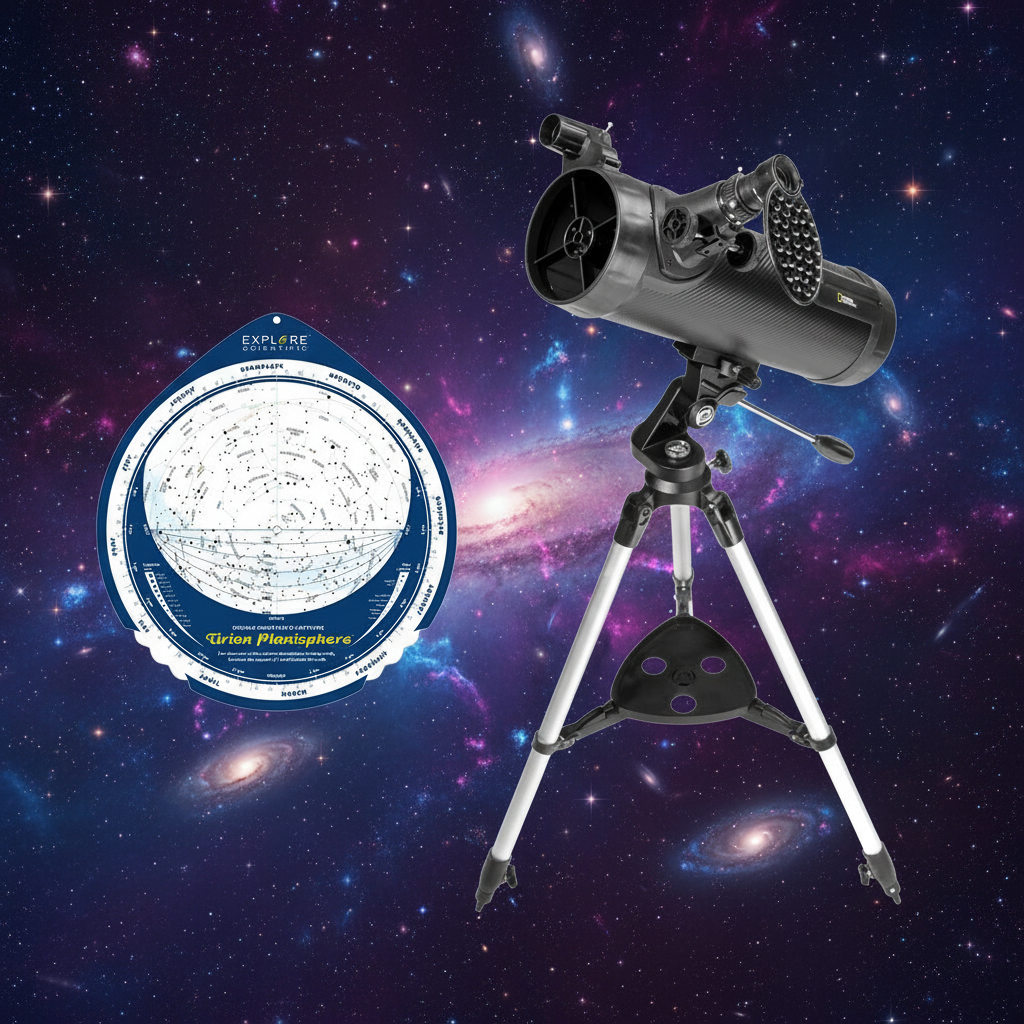Explore Scientific Smart Microscope Slide: Human Blood Smear (English)
| English | Français | Deutsche | Nederlandse | Italiano | Polskimi | Portuguesas | Español | 中国 | 日本人 | 한국어 |

Supplying oxygen and nutrients to tissues, are just two of the many functions of human blood.
Composed of plasma and several kinds of cells, blood corpuscles have red blood cells, white blood cells, and platelets. Making up roughly 7% of the human body's weight, there is approximately 1.3 gallons of whole blood that run through the arteries, veins, and capillaries of a human adult. If connected and stretched end to end, these capillaries, veins, and arteries could be up to 100,000 miles long.
Not only does human blood feed tissues, it also protects them from disease, and removes waste. Blood regulates body temperature, hydrology, and has "messenger" properties reporting tissue damage delivering hormones. Blood can also coagulate (the conversion of blood from a liquid to a semisolid gel to stop bleeding) when you have a broken blood vessel.
Doctors and scientists study blood to detect complete blood count, cholesterol levels, diseases, viruses, and certain cancers.
*Note that this page is archived, and this Smart Microscope Slide has been retired.

See all Microscopes from Explore Scientific











